AFI
SOURCE: AFI


The Indian Air Force (IAF), in partnership with Chitkara University, near Chandigarh, has pioneered an advanced Virtual Reality (VR) training system designed to train newly inducted Agniveers on the critical process of refuelling aircraft. This innovative system signifies a significant leap in modernizing military training techniques, leveraging technology to enhance efficiency and effectiveness.
The VR-based system immerses trainees in a realistic virtual environment using head-mounted devices. Within this environment, they interact with detailed 3D models of aircraft and their subsystems, simulating the complex refuelling process without the need for physical aircraft.
Continue readingSOURCE: AFI


A top Border Security Force (BSF) official has categorically denied reports that Border Guard Bangladesh (BGB) personnel entered Indian territory in Assam to obstruct the construction of a temple.
The incident, which allegedly occurred on Thursday afternoon, sparked tensions between the two neighboring countries. Reports suggested that BGB troops crossed the international border near the Jakiganj point in Sylhet division and attempted to halt the repair work at the temple.
Continue readingSOURCE: AFI


The Indian Air Force (IAF) has recently inducted the Heron MK-2 drones into its fleet, showcasing their remarkable performance during operations from a forward air base in the northern sector. These unmanned aerial vehicles (UAVs) have been tested at high altitudes, demonstrating their ability to cruise at an impressive 32,000 feet, with operational flexibility at altitudes of up to 35,000 feet.
The Heron MK-2, developed by Israel Aerospace Industries (IAI), is an advanced medium-altitude long-endurance (MALE) drone that offers exceptional performance in a wide range of tactical and strategic scenarios. With the ability to cruise at 32,000 feet, the Heron MK-2 significantly enhances the IAF’s surveillance, reconnaissance, and intelligence-gathering capabilities, especially in high-altitude and rugged terrain typical of the northern sector.
Continue readingSOURCE: AFI
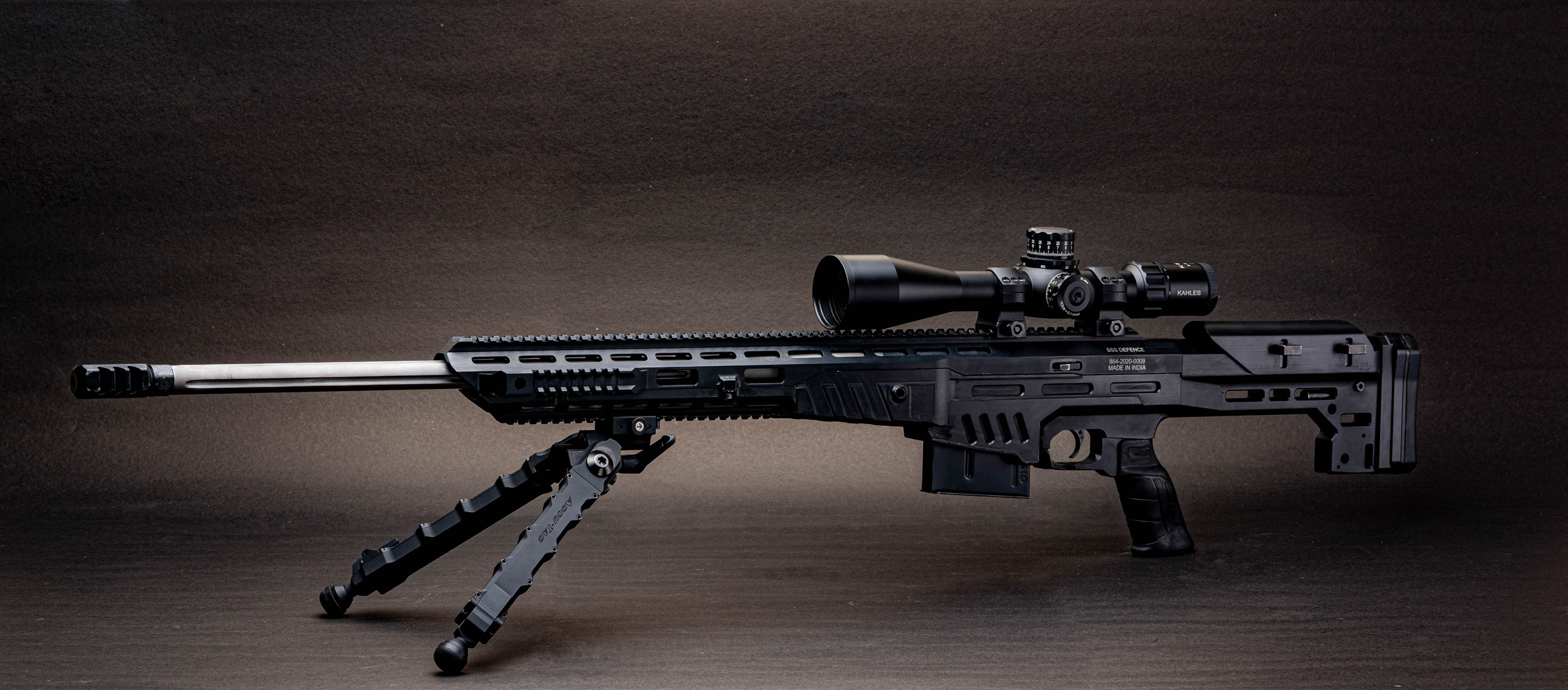

SSS Defence, India’s first private-sector manufacturer of sniper rifles, is taking its pioneering efforts a step further by planning to establish a comprehensive sniper school and supporting ecosystem. CEO Vivek Krishnan recently discussed the journey that led the company to this innovative venture and their vision for advancing India’s sniping capabilities.
Krishnan credited SSS Defence’s roots in metallurgy and manufacturing expertise, particularly as a major supplier of springs to the automotive sector, for their success in weapon systems development. “The spring is at the heart of every firearm,” Krishnan noted, emphasizing the critical role of precision and durability. Leveraging decades of experience, the company transitioned into the small arms and ammunition sector in 2017, selecting sniper rifles as their focus.
Continue readingSOURCE: AFI


On October 28, 2024, Garden Reach Shipbuilders & Engineers (GRSE) formally handed over the “Jaldoot” Unmanned Surface Vessel (USV) to the Naval Science and Technological Laboratory (NSTL) in Visakhapatnam. This significant achievement underscores India’s strides in developing autonomous maritime systems through indigenous efforts.
The delivery follows successful acceptance trials conducted from October 17 to 21, during which the USV demonstrated its operational capabilities. Jointly designed and developed by GRSE and NSTL, a unit of the Defence Research and Development Organisation (DRDO), “Jaldoot” represents a new era of innovation in autonomous naval platforms tailored for diverse mission requirements.
Continue readingSOURCE: AFI


Skyroot Aerospace, India’s pioneering private space exploration company, has achieved another significant milestone in its mission to revolutionize access to space. The carbon composite structures for the Vikram-1 rocket—ranging from interstages to the payload fairing—have been completed and are now ready for the next phase of mission-critical operations. This progress has been achieved at the company’s MAX-Q Campus, a state-of-the-art facility dedicated to advanced aerospace engineering.
The carbon composite structures are integral to the performance and efficiency of the Vikram-1. Lightweight yet robust, these structures are essential for minimizing weight and maximizing payload capacity, thereby ensuring cost-effective launches. The interstages serve as connectors between different stages of the rocket, while the payload fairing protects the satellite during its ascent through the atmosphere.
Continue readingSOURCE: AFI


India and Russia are reportedly on the verge of finalizing a significant defense deal involving the acquisition of an advanced early warning radar system capable of detecting threats at ranges exceeding 6,000 kilometers. According to a report by The Sunday Guardian, the agreement, valued at over $4 billion, is in the advanced stages of negotiation and aligns with India’s efforts to bolster its air defense and missile tracking capabilities.
A delegation from Almaz-Antey, a leading Russian manufacturer of air defense and radar systems, recently visited India to advance the discussions. The ten-member team, led by Deputy Chairman Vladimir Medovnikov, conducted meetings in New Delhi and Bengaluru to engage with Indian offset partners who will play a key role in manufacturing and technology transfer under the “Make in India” initiative.
Continue readingSOURCE: AFI
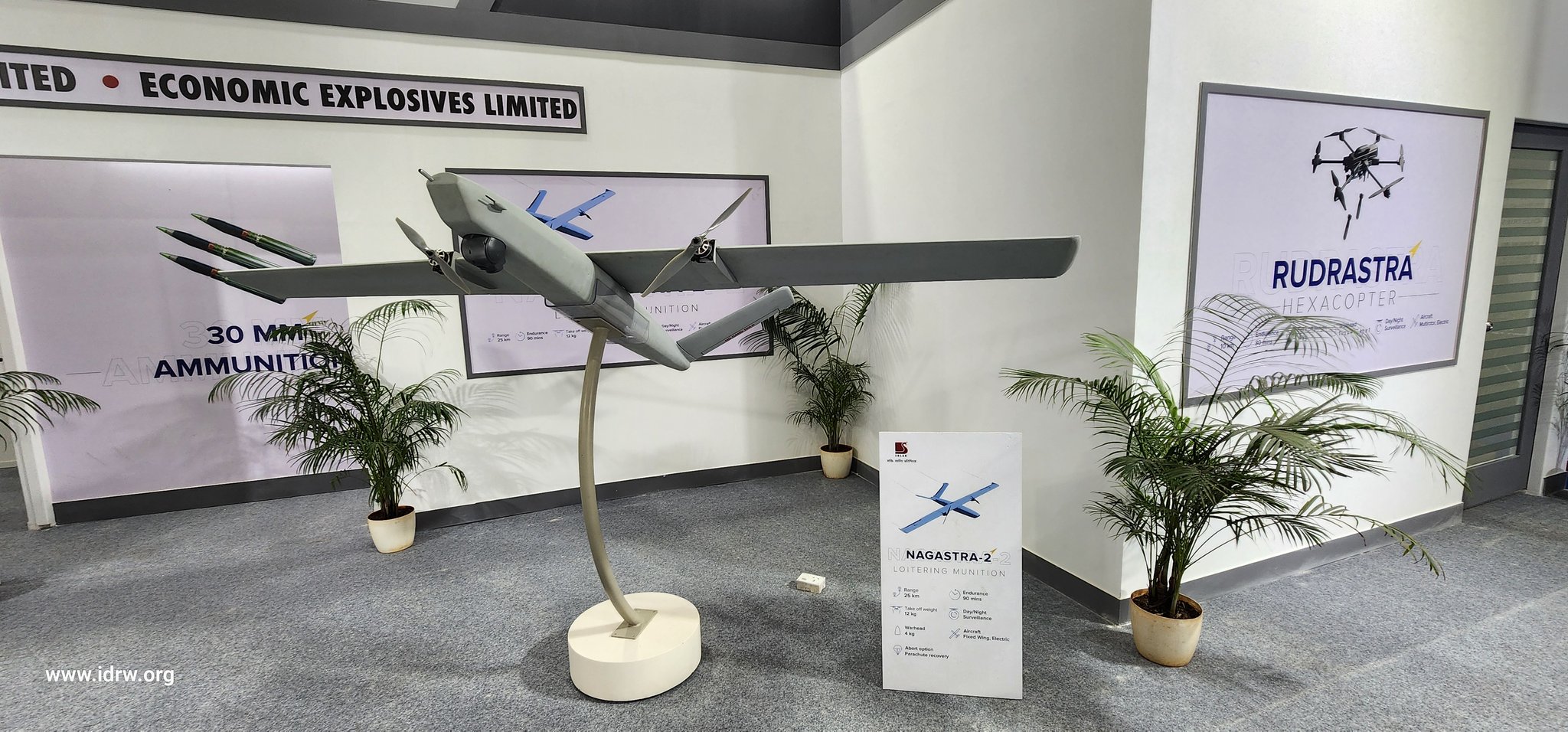

Solar Group, through its subsidiary Economic Explosives Limited (EEL), is rapidly advancing India’s capabilities in indigenous loitering munitions (LM). After successfully delivering 480 units of the Nagastra-1, the company is now accelerating its work on the Nagastra-2 and the next-generation Nagastra-3. These efforts signify India’s growing emphasis on developing advanced, self-reliant defense technologies.
The Nagastra-1, a significant milestone in India’s defense manufacturing, has already been fielded. Building on this success, EEL has finalized the design and development of the Nagastra-2, a loitering munition designed for enhanced portability and operational versatility. Weighing 20 kilograms, the Nagastra-2 is a two-man portable system equipped with a 4-kilogram anti-tank/anti-personnel warhead. The system features a portable pneumatic launcher, making it easy to deploy in diverse combat scenarios.
Continue readingSOURCE: AFI


India has taken a significant stride in bolstering its space defense capabilities by conducting its first comprehensive space defense exercise, Antariksha Abhyas 2024, held from November 11 to 13, 2024. This landmark exercise, spearheaded by the Defence Space Agency (DSA), aimed to simulate and counter evolving threats to space-based assets, which are crucial to national security.
Antariksha Abhyas 2024 marked an important milestone in India’s defense strategy. It was designed to strengthen the integration and coordination of India’s tri-services—Army, Navy, and Air Force—while aligning strategic space assets with operational frameworks. The exercise not only tested the nation’s preparedness to withstand disruptions or denials of service to space infrastructure but also offered valuable insights for future military doctrines and policy frameworks dedicated to space security.
Continue readingSOURCE: AFI
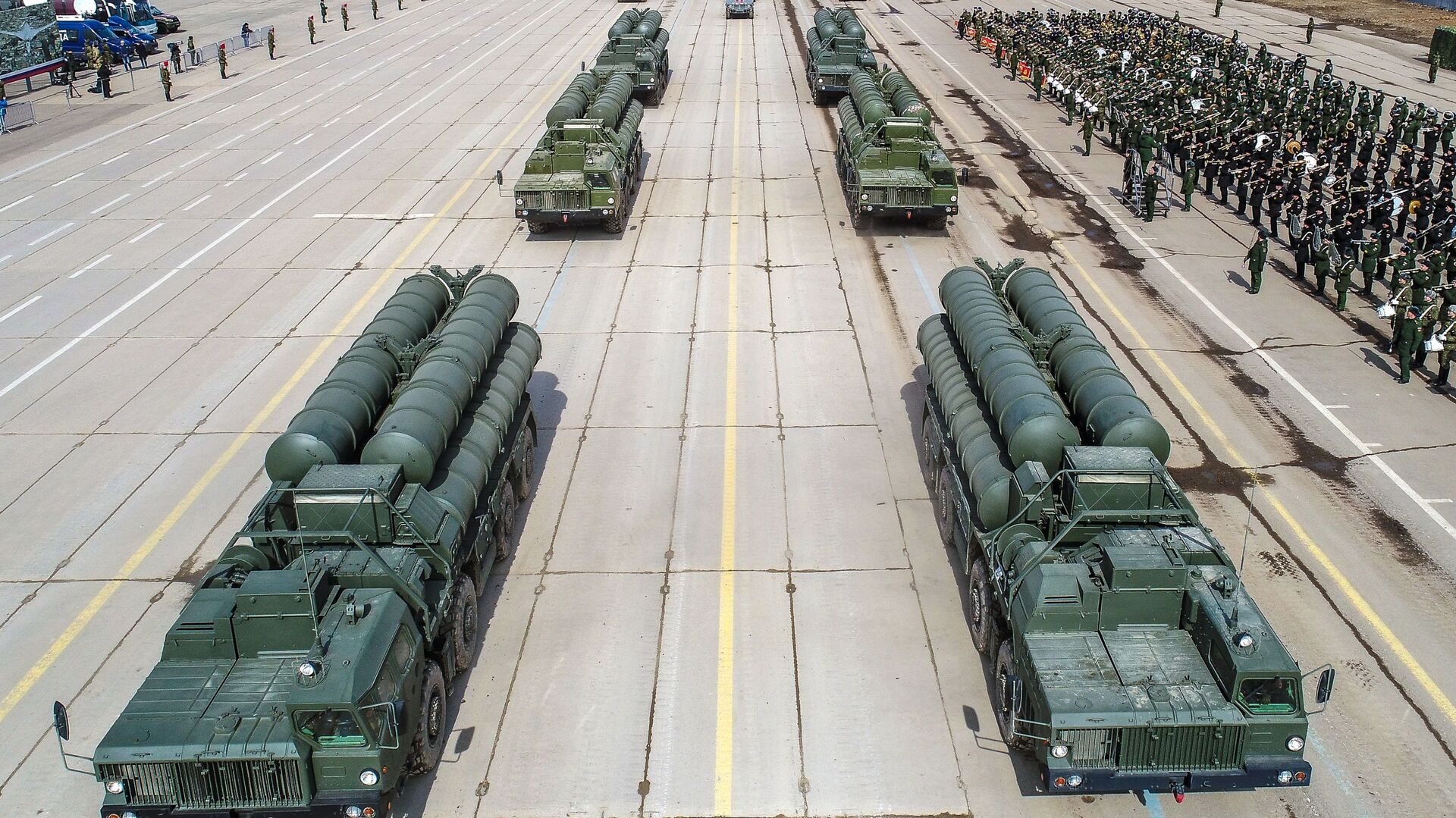

India is set to raise concerns regarding the significant delays in the delivery of the two remaining squadrons of the S-400 Triumf air defense missile systems, as well as the supply of crucial spares for several weapon platforms, during Defence Minister Rajnath Singh’s upcoming three-day visit to Russia next week. The visit, which will focus on strengthening defense ties between the two nations, comes at a time when India’s air defense capabilities are critically dependent on the timely delivery of these high-tech systems.
In 2018, India signed a landmark $5.43 billion (approximately Rs 40,000 crore) deal with Russia for the procurement of five squadrons of the S-400 Triumf air defense missile system. This deal marked a major step in India’s efforts to enhance its defense posture, especially in light of the growing security challenges along its borders with China and Pakistan.
Continue readingSOURCE: AFI
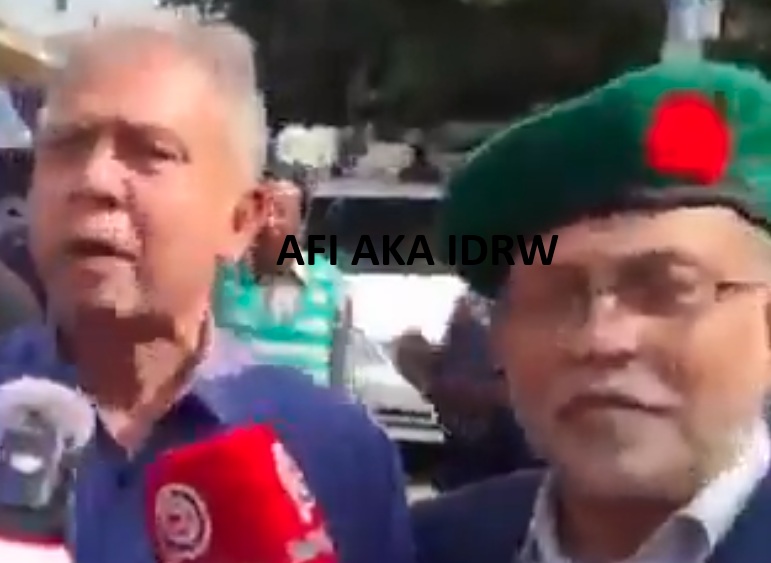

In a series of viral videos circulating on social media, retired Bangladeshi defense personnel have made provocative statements directed at India, claiming that they are “battle-ready” and capable of capturing key Indian territories like Kolkata and Assam within four days. These remarks have garnered widespread attention, raising questions about their intent and potential impact on India-Bangladesh relations.
One former soldier asserted that a core group of 5,100 personnel could achieve their stated objectives, especially if 3 million Bangladeshi citizens were to join them. In another video, a retired serviceman claimed that Bangladeshi forces are “better trained” and prepared to defend their country while teaching India a lesson.
Continue readingSOURCE: AFI
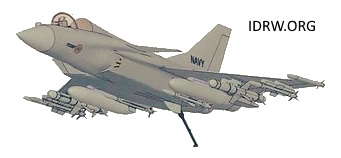

The Twin Engine Deck-Based Fighter (TEDBF) program, spearheaded by the Aeronautical Development Agency (ADA), has gained significant traction with recent approvals from the Ministry of Defence (MoD). A Cabinet Committee on Security (CCS) clearance is anticipated next year, further solidifying the program’s future. While the TEDBF is primarily designed for the Indian Navy’s aircraft carriers, it presents a compelling case for the Indian Air Force (IAF) to align with the program and reconsider its Multi-Role Fighter Aircraft (MRFA) tender for 114 jets.
The MRFA tender involves acquiring foreign jets, which would cost billions in foreign exchange and come with limited Transfer of Technology (ToT). By procuring a modified TEDBF variant, the IAF could save resources by investing in an indigenous program. With a lighter airframe and reduced landing gear requirements for ground-based operations, the aircraft could be optimized for Air Force roles.
Continue readingSOURCE: AFI
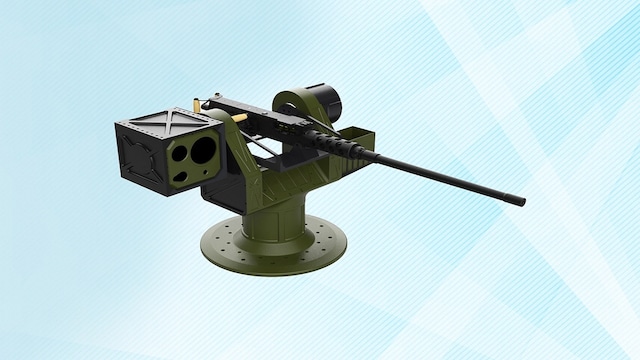

Zen Technologies Ltd has formalised a Memorandum of Understanding (MoU) with AVT Simulation, marking a crucial step in the company’s efforts to expand its operations in the U.S. market. Zen Technologies, known for its defence training and anti-drone solutions, aims to tap into the growing demand for simulation and training systems in defence sectors across the U.S.
The MoU was signed in Florida with AVT Simulation, a prominent provider of customized training systems based in Orlando, Florida. AVT Simulation brings over 25 years of experience in providing advanced training solutions for defense, government, and commercial applications. The collaboration will leverage AVT’s extensive expertise in simulation technologies to help Zen Technologies introduce its products and services to U.S. defense and security agencies, among others.
Continue readingSOURCE: AFI
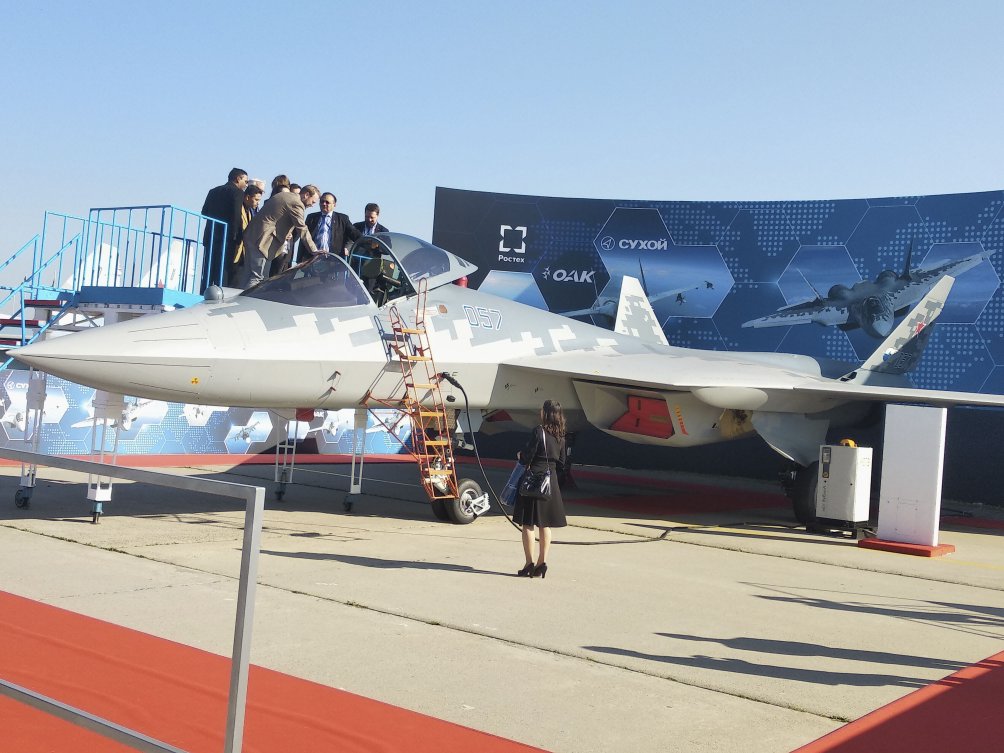

India’s pursuit of advanced fifth-generation fighter jets has taken an intriguing turn, with growing discussions around acquiring Russia’s Su-57 stealth fighter jet. Russian Media Reports indicate that India is exploring a two-seat variant of the Su-57 under the “Make in India” initiative, which could involve joint development and local production.
According to military analyst Igor Korotchenko, the Su-57 surpasses its American counterpart, the F-35, in critical areas. He also highlighted potential risks associated with American systems, such as vulnerabilities in sensitive technology that could be exploited during conflicts.
Continue readingSOURCE: AFI


Solar Industries India Ltd, a leading player in the defense and explosives sector, has announced a significant export contract worth ?2,039 crore (approximately $240 million) for the supply of defense products. The deliveries under this agreement will span the next four years, marking a major milestone in the company’s international growth trajectory.
In a regulatory filing, the company stated, “We are pleased to share that our company, Solar Industries India Limited and its subsidiary have received export orders worth ?2,039 crore for the supply of defense products, to be delivered over a period of four years.”
Continue reading